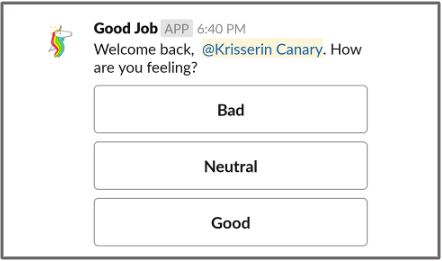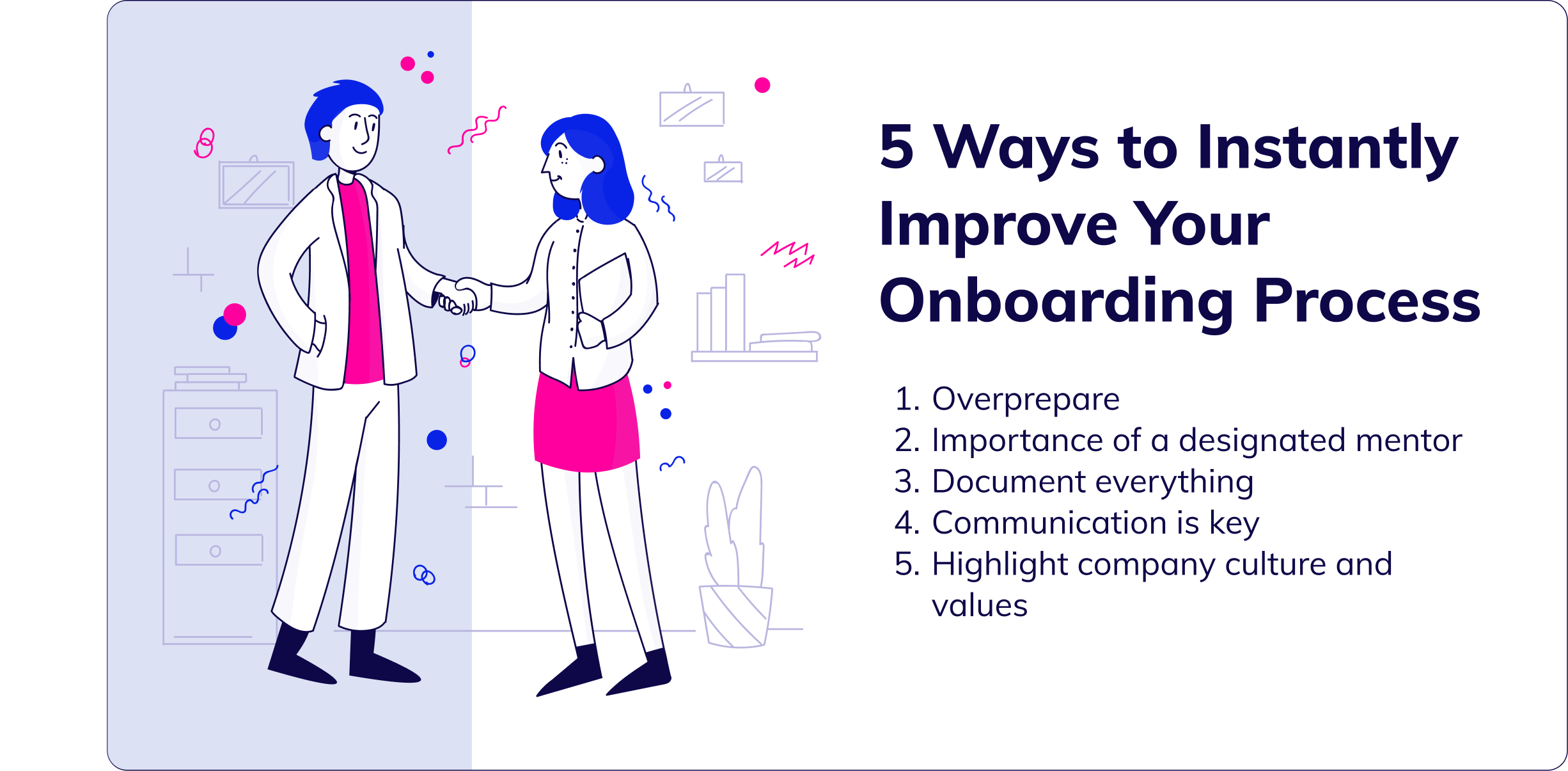There are many types of eCommerce AI chatbots available today that help with all different aspects of an eCommerce store. AI chatbots can boost sales and revenue by showing shoppers exactly the product they were looking for which was often hidden in complex menus, acting as a shopping assistant providing product recommendations, and aid customer support by immediately answering customer questions about a product, order status, and more.

An AI chatbot built for eCommerce is not that expensive and has a high rate of return. The average increase in revenues when a shopper engages with the chatbot is 20% to 40%. There are also other benefits such as an average reduction in support tickets of 25% to 45%. You can build your own eCommerce chatbot for free to $100 a month or have an AI chatbot company manage and train the AI starting at $500 a month.
In order to build a successful eCommerce AI chatbot, there are some important features and tactics to incorporate into your AI chatbot. While not all AI chatbot platforms are the same, you will want to make sure your AI chatbot has these basic features for your eCommerce store.

Conversational eCommerce Overcomes Sales Obstacles
Every shopper, whether online or in-person, has a question or two (or more!) when browsing products or learning more about your store and brand. Answering these questions in a timely manner can be the difference between winning or losing a sale. Shoppers make split-second decisions when deciding to purchase or not purchase a product so having a knowledgeable AI chatbot answer those questions immediately helps to overcome sales obstacles — leading to more sales.
The more knowledge you pack into your eCommerce AI chatbot the better so it can answer a wide range of shopper questions and inquiries. In addition, pay attention to how shoppers interact and what questions they ask the AI chatbot so you can make it smarter and smarter over time, becoming more efficient and boosting more revenue.
The AI should also be able to recommend products that the shopper is looking for as well as cross-selling other products that go along with the purchase. Shoppers often need a nudge in the right direction to make a purchase. This will not only increase total sales but also increase AOV (average order value).
Trending Bot Articles:
2. Automated vs Live Chats: What will the Future of Customer Service Look Like?
4. Chatbot Vs. Intelligent Virtual Assistant — What’s the difference & Why Care?
Reporting & Analysis For Business Insights
Your AI eCommerce chatbot is interacting and having conversations with your shoppers all day long. To improve and optimize your eCommerce business you need to understand your customers’ issues, wants, and desires. A good reporting system should tell you where shoppers are getting stuck in the purchasing process.
For example, if customers ask the AI chatbot a lot of questions on a particular page or about a particular product then you can see what those questions are and improve the product page by answering those questions in the copy. There is a lot of other information you can learn such as what customers compare your product to, trends in the market, site bugs, usability issues and many others.
Track Customer’s Order Status
By far, the most common question customers ask is “Where is my order?!?”. Delivery times vary widely; especially if the products are manufactured by the company. It is important to keep your customer up-to-date on when they should expect to receive their order. Yes, most eCommerce stores provide some sort of tracking number or process to track the order via an email alert or order confirmation but having your eCommerce AI chatbot provide order status when a customer comes back to your website is key to a convenient customer experience.
When your AI chatbot connects to your product database it has access to orders. This allows customers to enter their order number into the AI chatbot which then searches through the order system and retrieves the order status. The status of the customer’s order is then displayed along with a link to track their package through whichever courier is used. This reduces customer service tickets and frees your customer service team from being bogged down by repetitive order status requests allowing the team to focus and give more attention to higher-level customer support issues.
Recover Abandoned Carts Without Email Required
A key piece to boosting revenue through your eCommerce AI chatbot is reminding shoppers of the items left in their cart from a previous eCommerce store visit. Online shoppers love comparing prices among a number of different stores which leads to a high rate of abandoned carts. Prompting shoppers with items previously left in their cart as soon as they return to your site shortens the sales cycle and caters to convenience so shoppers don’t have to waste time re-building their order.
Capturing abandoned carts also gives the shopper a more personalized experience leading to more return customers. There are several ways eCommerce AI chatbots accomplish recovering abandoned carts including one technique: when the shopper returns to the site, the AI chatbot would display the items left in their cart prompting them to checkout instead of asking the introduction or opening question. This can augment your traditional abandoned cart with registered users via email.
The number of abandoned carts is much higher for those that have not registered increasing revenues as high as 30% for some stores.
Shopping Directly Through Your Chatbot
Online shopping has changed over the years and continues to evolve into a richer shopping experience. Soon shoppers won’t have to scroll through numerous static website pages to find the product they are looking for. With AI chatbots, shoppers can engage your eCommerce store in a conversation to help them find the right product for them.
AI chatbots try to mimic a conversation your shoppers would normally have with a salesperson over the phone or in person. Crafting that AI chatbot conversation correctly is crucial to the shopping experience and increasing revenue. Possessing the ability for shoppers to ask the chatbot for product recommendations then adding the product to their cart all through the chatbot window is a major driver for eCommerce chatbots boosting revenue.
AI chatbots are able to display the product description, image, and pricing for the shopper to review plus a button to add the product to their cart and a button to bring them to the product page for a further product review. eCommerce AI chatbots guide shoppers to the right product — quickly — then adding products to their cart — quickly — transforming the online shopping experience into convenience and ease.
Engaging Customers Wherever They Are In Their Shopping Journey
Every shopper has their own unique eCommerce shopping journey but, for the most part, all follow a general path or format. eCommerce AI chatbots help stores engage their customers differently depending on where they are in that journey.
For example, when a shopper lands on the home page the AI chatbot would ask an introduction or opening question: “How can I help you today?” Or a question about the problem they are trying to solve. Then, when the shopper goes to a product page the chatbot could display a few button options about popular product FAQs, product sizing guides, or social groups to join to connect to the product community.
Finally, when on the checkout page the AI chatbot could offer button options for warranty or shipping information to help the shopper feel more confident in their purchase. These tactics all help boost revenue by first guiding the shopper to the product they are looking for then overcoming sales obstacles at multiple points in the shopper’s journey.
When evaluating your shopper’s general journey try to identify those points where the AI chatbot could engage your shoppers in a helpful and non-bothersome way.
Conclusion
Adding an AI chatbot to your eCommerce store is a paradigm shift in how you engage with your shoppers. The key to success is always thinking about your customers’ shopping experience. Your eCommerce chatbot should help not hinder that experience. Your eCommerce store will not only increase revenues but your business will grow with the business insights you gain from the AI chatbot
Don’t forget to give us your 👏 !




How To Grow Your eCommerce Revenue With An eCommerce AI Chatbot? was originally published in Chatbots Life on Medium, where people are continuing the conversation by highlighting and responding to this story.








































